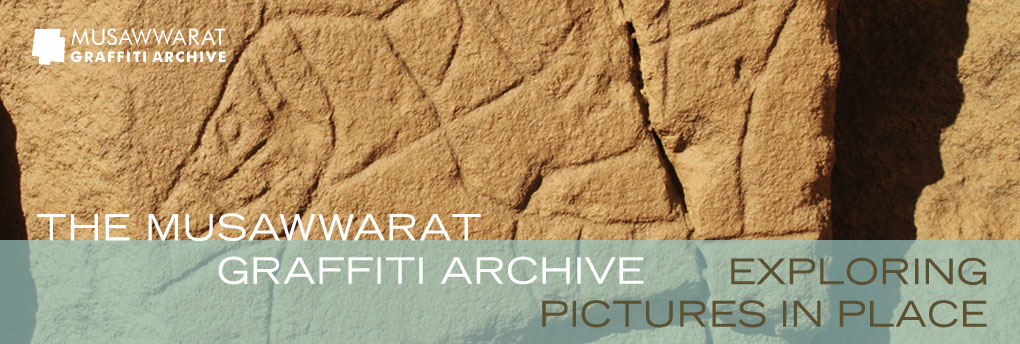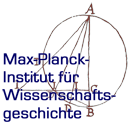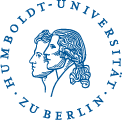Second Field Season (Spring 2009)
During the second field season of the Musawwarat Graffiti Project a pilot project was dedicated to the 3D-documentation and ‘virtual preservation’ of graffiti at the Great Enclosure. Apart from the effects of modern tourism - including the scratching of new graffiti, which results in the destruction of ancient incisions - the Musawwarat graffiti have been subjected for centuries to the detrimental effects of various erosion and weathering processes. In order to counter the loss of the ancient graffiti corpus, a selection of pictorial and inscriptional graffiti was scanned using mobile optical 3D-scanning technology. Based on the projection of stripes of white light onto the respective surfaces, 3D-structured light scanning is known to provide extremely accurate 3D-data on surface structures.
The pilot project aimed at testing to what extent 3D-scanning could complement ‘traditional’ documentation methods, such as drawing or tracing. It was hoped that the greater ‘objectivity’ of 3D-data would result in more precise records of the more or less weathered sandstone surfaces with their graffiti, masons marks and other anthropogenic (or natural) markings. 3D-scanning not only helps in preserving the incisions at least in a virtual sense, however. As a non-contact documentation method, it also avoids damage to the often fragile sandstone surfaces during the documentation procedure. Despite these advantages, it became apparent that the costs involved in 3D-scanning and -modelling would prevent the documentation of a larger section of the extensive Musawwarat graffiti corpus. A first attempt, led by Christoph Held of the Zamani Project, was undertaken to apply low-cost Polynomial Texture Mapping (PTM), i.e. Reflectance Transformation Imaging (RTI), to recording graffiti at Musawwarat.
Participants: Cornelia Kleinitz & Jens Weschenfelder; 3D-scanning: Thomas Bauer & Sandra Rackel (TrigonArt)
Dates: February 2009
Duration: 3 weeks
Funding: The Cultural Preservation Programme of the Federal Foreign Office (Kulturerhalt-Programm des Auswärtigen Amts der Bundesrepublik Deutschland)
Cooperations: TrigonArt, Zamani Project
Text: Cornelia Kleinitz (2014)







